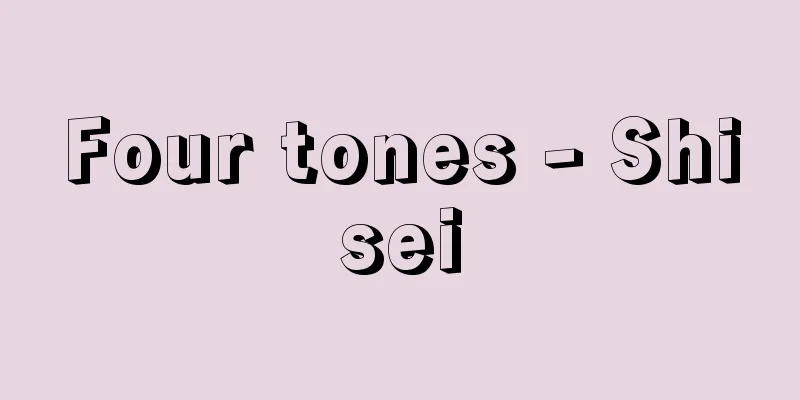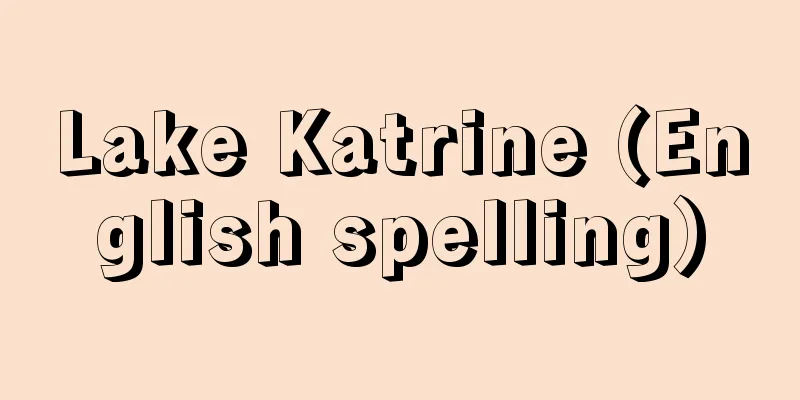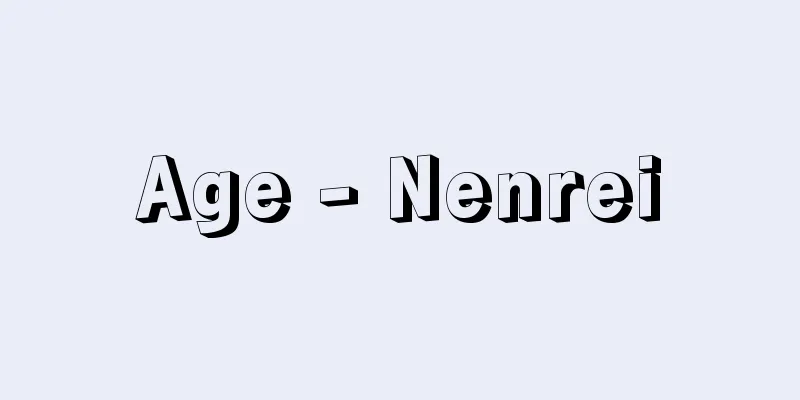Kanoko Okamoto - Kanoko Okamoto

|
Novelist and poet. Born in Tokyo on March 1, 1889. From the time she entered Atsumi Girls' School, she began submitting tanka and poetry to the literary column of Bunsho Sekai and the Yomiuri Shimbun. She was influenced by her second brother Yukinosuke (Oonuki Shosen), who was a member of the second Shinshicho magazine, and his friend Tanizaki Junichiro. After graduating from the same school, she joined Yosano Tekkan and Akiko's Shinshisha in 1906 (Meiji 39), and started out as a romantic poet in the magazine Myojo. After the magazine was discontinued, she became a member of the Subaru group. She met Okamoto Ippei, an art student at the Tokyo School of Fine Arts, and married him in 1910. The following year, her eldest son, Taro, was born. At the invitation of Hiratsuka Raicho, she joined the Seitosha Society. Through the company, she published her first collection of poems, Karoki Netami (1912), hand-printed with woodblock prints. Ippei began serializing his manga in the Asahi Shimbun, and the couple achieved financial stability, but the family was in crisis due to ego conflicts between them, and in the first half of 1914 (Taisho 3), Kanoko suffered a severe nervous breakdown and was hospitalized to recuperate. She then sought salvation in religion, studying Shinran and other Buddhist sects, and came to her own philosophy of life. Her second collection of poems, Ai no Nayami (1918), was published. For the next 10 years, she was active as a Buddhist thinker and poet, and also began to write plays and novels. His third collection of tanka, "Bathing Body" (1925). After publishing "My Last Collection of Tanka" in December 1929 (Showa 4), he and his family traveled to Paris to study. They also spent long periods in London and Berlin. In 1932, he returned to Japan via America, leaving Taro behind in Paris, where he was studying painting. Although he continued to be busy with work related to Buddhism, he made his literary debut with the novel "The Crane is Sick" (1936), inspired by the life of Akutagawa Ryunosuke, which was recommended by Kawabata Yasunari. His next work, "Mother and Child Lyrics" (1937), caused a great sensation, and he published many of his representative works in the short time leading up to his death, including "Flowers are Strong," "Past Life," "Kingyo Ryoran" (both 1937), "Rogisho" (An Old Prostitute Tale) (1938), and "Karei" (House Spirit) (1939). In December 1938 (Showa 13), he collapsed from cerebral congestion at a lodging in Aburatsubo, and died on February 18 the following year. After his death, he published such posthumous works as "The Light of the River," "The Flow of Life" (1939), and "The Revealing of a Woman's Body" (1940). His unique world of work, where the fascination of intense sensations intertwines with sharp, sober insight into human nature, and where chaos is eventually enveloped in a rich, overflowing vitality, is reminiscent of a final reckoning of his legendary life's wanderings. "The Complete Works of Kanoko Okamoto, 15 volumes, 1 supplementary volume, 2 supplementary volumes (1974-78, Fuyukisha)" ▽ "The World of Kanoko Okamoto, by Taro Okamoto and Ippei Okamoto (1976, Fuyukisha)" [Reference] |Source: Shogakukan Encyclopedia Nipponica About Encyclopedia Nipponica Information | Legend |
|
小説家、歌人。明治22年3月1日、東京に生まれる。跡見女学校入学のころより『文章世界』『読売新聞』文芸欄などに短歌、詩を投稿。第二次『新思潮』に属する次兄雪之助(大貫晶川(おおぬきしょうせん))とその友人谷崎潤一郎の影響を受ける。同女学校卒業後、1906年(明治39)与謝野鉄幹(よさのてっかん)、晶子(あきこ)の新詩社に加わり、『明星(みょうじょう)』から浪漫(ろうまん)派歌人として出発、同誌廃刊後は『スバル』同人となる。 東京美術学校の画学生岡本一平を知り、1910年結婚。翌年長男太郎誕生。平塚らいてうに誘われ青鞜社(せいとうしゃ)に参加。同社より木版手刷りの処女歌集『かろきねたみ』(1912)を上梓(じょうし)。一平が『朝日新聞』に漫画連載を始め、経済的な安定を得るが、夫妻間の自我の葛藤(かっとう)で家庭は危機に瀕(ひん)し、14年(大正3)前半、かの子は強度の神経衰弱で入院、療養生活を送る。以後宗教に救いを求め、親鸞(しんらん)のほか仏教各派を研究、独自の生命哲学に赴いた。第二歌集『愛のなやみ』(1918)刊行。以後10年ほどは仏教思想家、歌人として活躍、また戯曲や小説の試作を始める。第三歌集『浴身』(1925)。29年(昭和4)12月『わが最終歌集』を刊行後、一家でパリに遊学。ロンドン、ベルリンにも長期滞在した。32年、絵画修業中の太郎をパリに残し、アメリカ経由で帰国した。 以後も仏教関係の仕事に多忙であったが、芥川龍之介(あくたがわりゅうのすけ)をモデルにした小説『鶴(つる)は病みき』(1936)を川端康成(やすなり)の推薦で『文学界』に発表、文壇にデビューした。ついで『母子叙情』(1937)は大きな反響をよび、さらに『花は勁(つよ)し』『過去世』『金魚撩乱(りょうらん)』(ともに1937)、『老妓抄(ろうぎしょう)』(1938)、『家霊(かれい)』(1939)など死に至る短期間に代表作の数々を発表した。1938年(昭和13)12月油壺(あぶらつぼ)の宿で脳充血に倒れ、翌年2月18日没。死後『河明り』『生々流転』(1939)、『女体開顕』(1940)などの遺稿が発表された。濃密な感覚の惑溺(わくでき)と鋭く醒(さ)めた人間洞察とが交錯し、渾沌(こんとん)がやがて芳醇(ほうじゅん)なあふれる生命力に包み込まれる独特な作品世界は、伝説的な生涯の彷徨(ほうこう)の総決算を思わせる。 『『岡本かの子全集』15巻・補巻1・別巻2(1974~78・冬樹社)』▽『岡本太郎・岡本一平著『岡本かの子の世界』(1976・冬樹社)』 [参照項目] |出典 小学館 日本大百科全書(ニッポニカ)日本大百科全書(ニッポニカ)について 情報 | 凡例 |
<<: Kidou Okamoto - Kidou Okamoto
Recommend
Myotome - Kinsetu
1 spine Spinal cord Animal Neurula New constructio...
Cardon - Cardon (English spelling)
A perennial plant of the Asteraceae family (APG c...
Ero - Ero
…At first, the factory was not able to fire porce...
Wild ginger
...It is used to suppress coughs, sweat, and ches...
temperance
…In the 19th century, people began to criticize t...
Venus of Willendorf
A nude statue of a Paleolithic woman. It was disco...
Boadicea
...The government gradually collapsed, finances b...
Teheran Archaeological Museum - Teheran Archaeological Museum (English name) Iran Bastan Museum, Teheran
Located in a corner of the government district of ...
Crab foam - Crab foam
...This deterioration is accelerated by light, me...
Ohara [town] - Ohara
An old town in Isumi County, southeastern Chiba Pr...
Prince Kusakabe - Prince of Kusakabe
[Born] Tenchi 1 (662) [Died] 4/13/689. Son of Empe...
Cynopithecus
…Adult males have a well-developed tuft of hair o...
jack-in-the-box
…Later, they made improvements and created a smal...
Esch-sur-Alzette
A steel-producing city located in the southwest o...
Satz (German: "Sentence")
A musical term. The smallest cohesive unit in a m...









